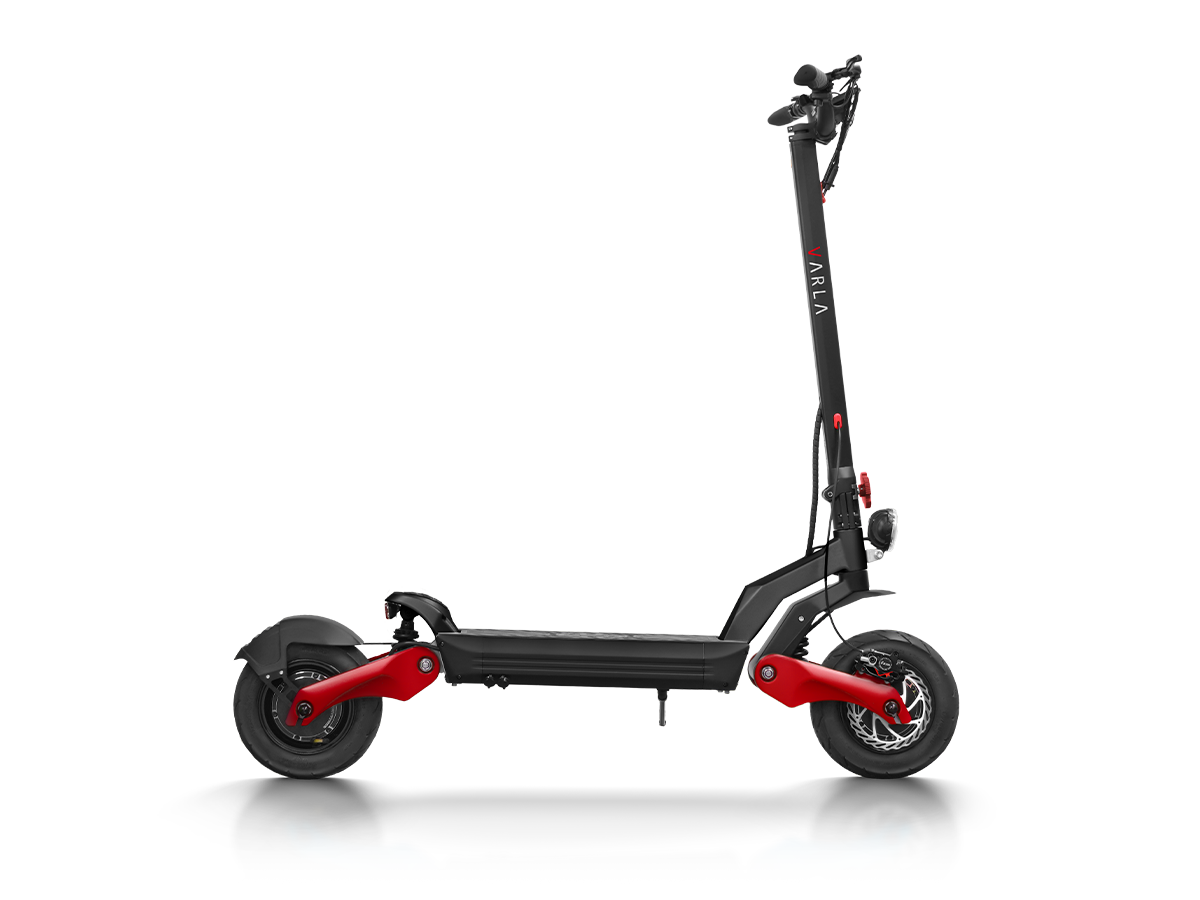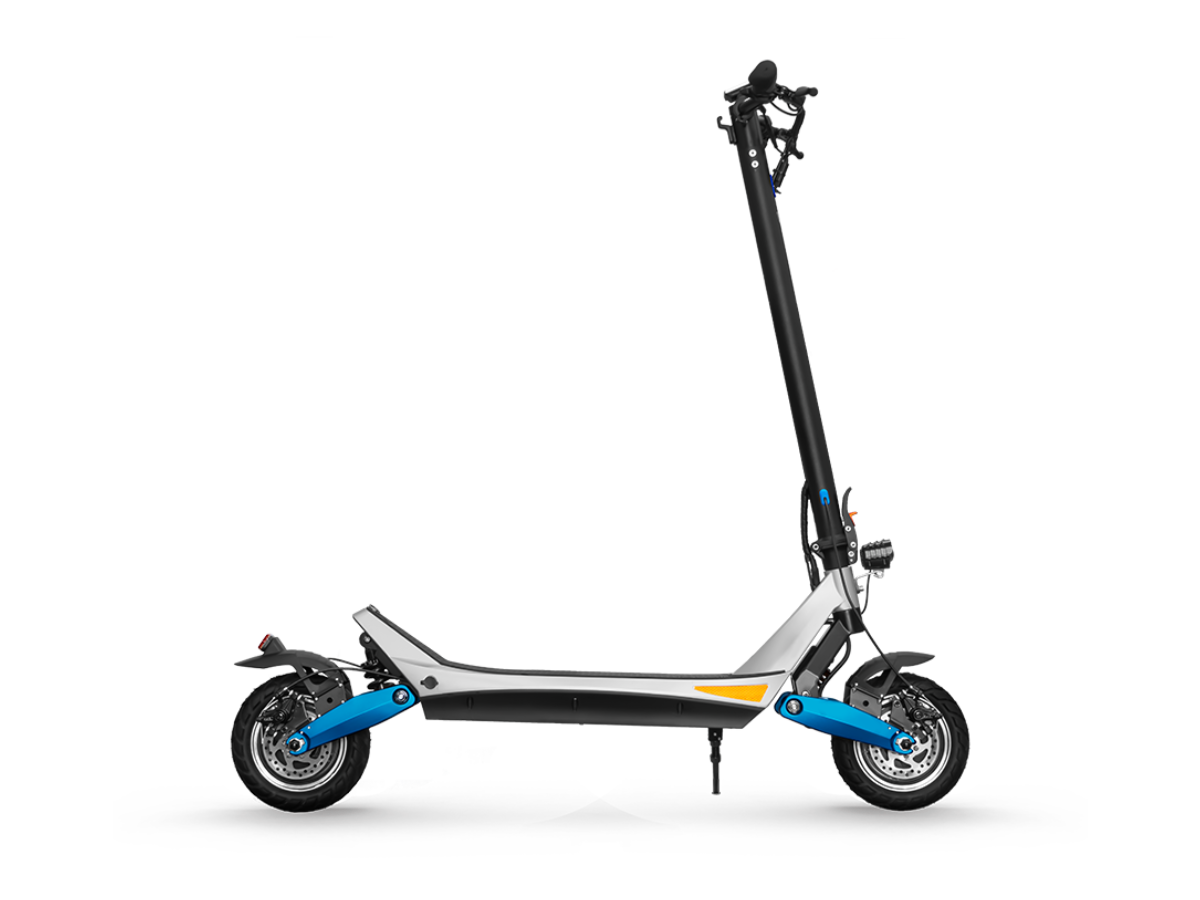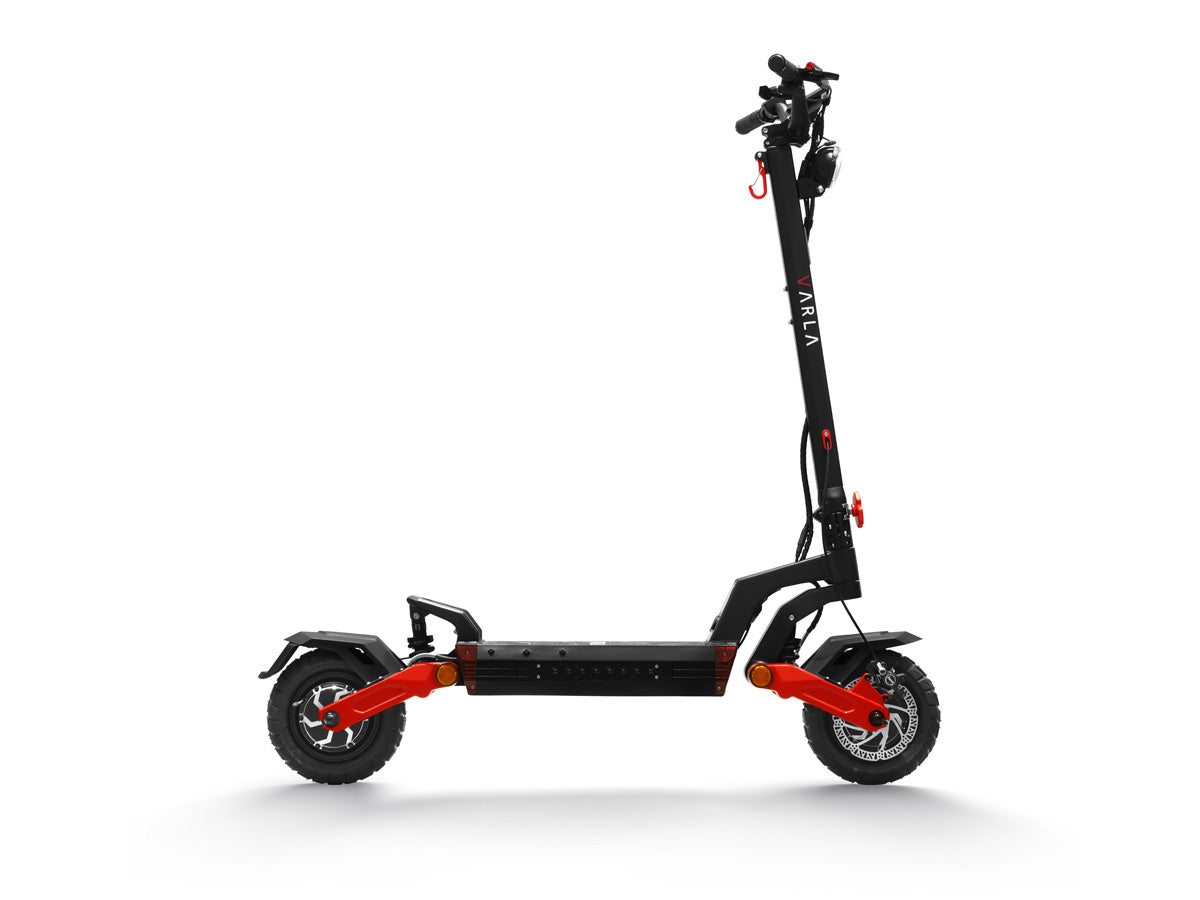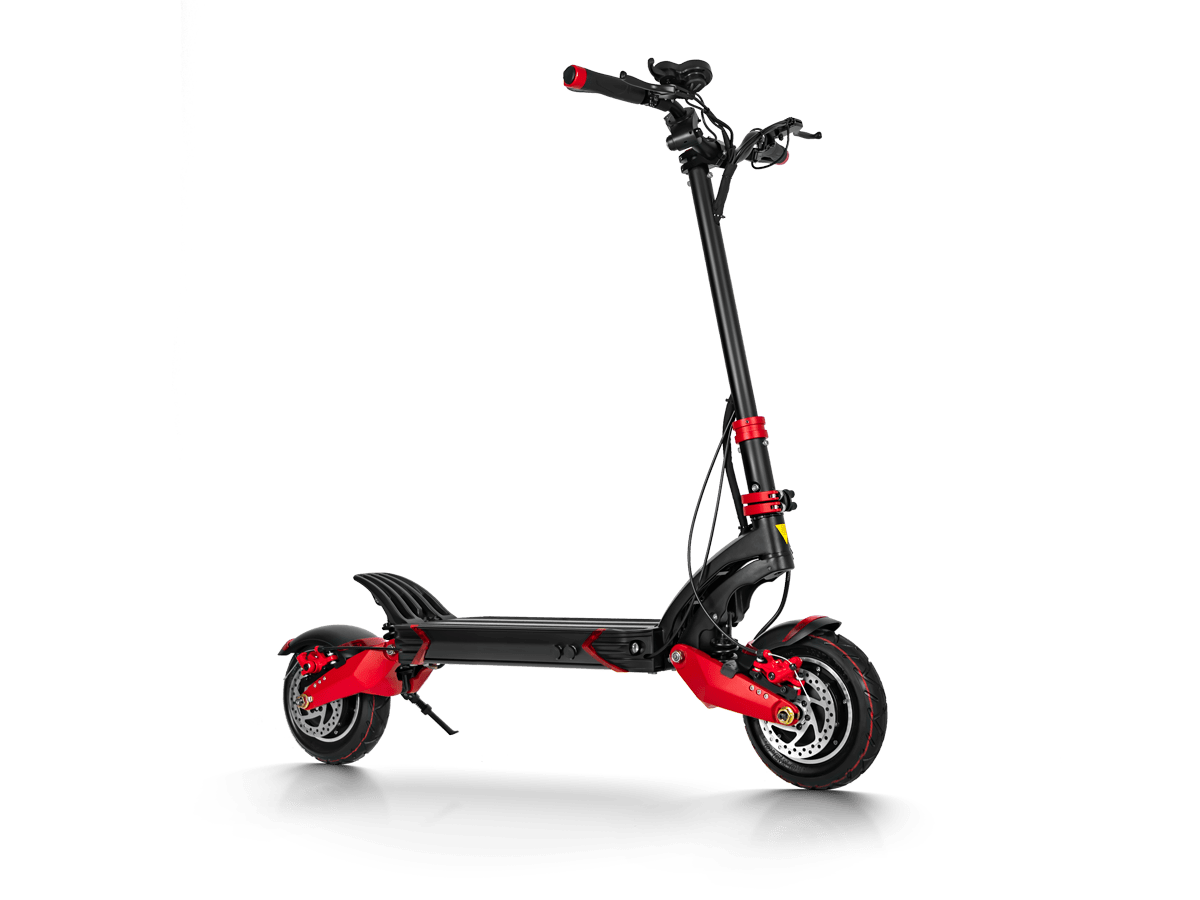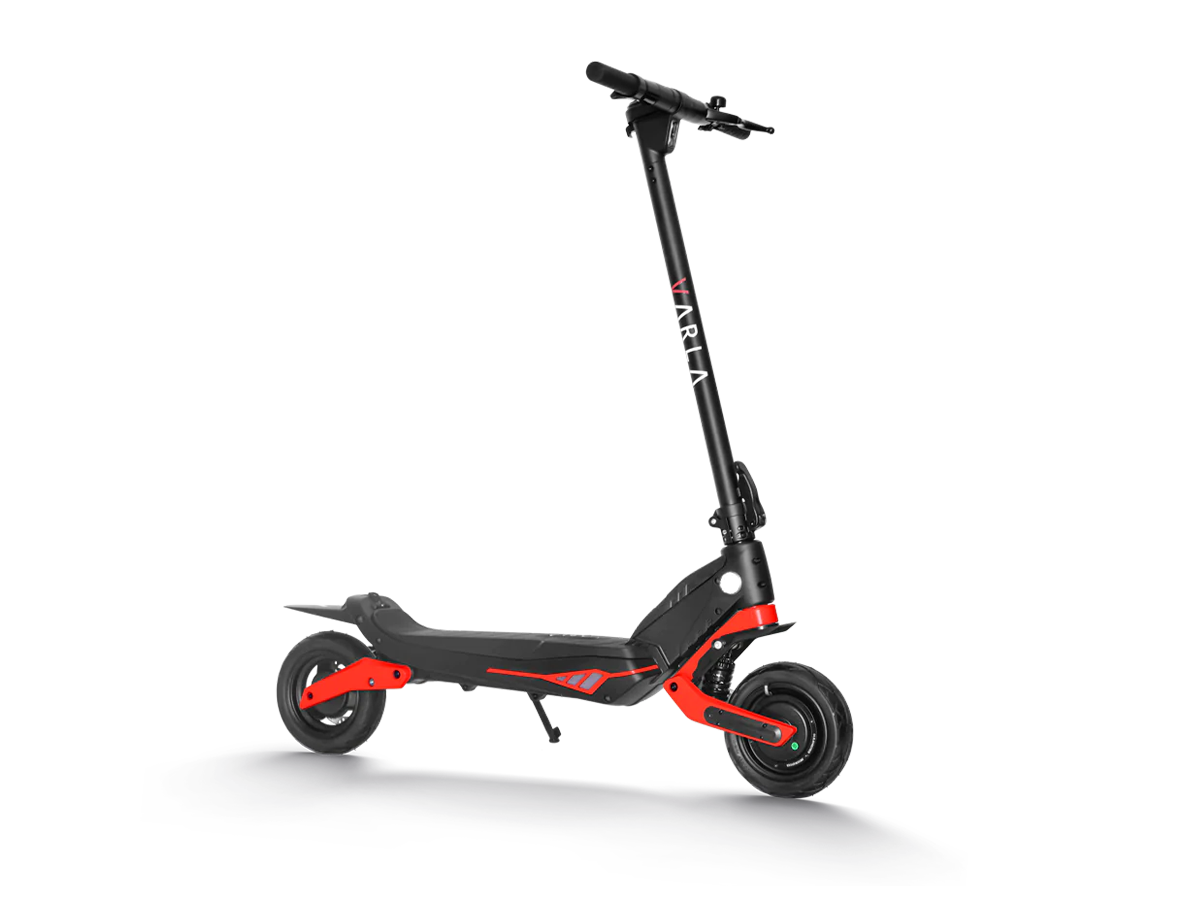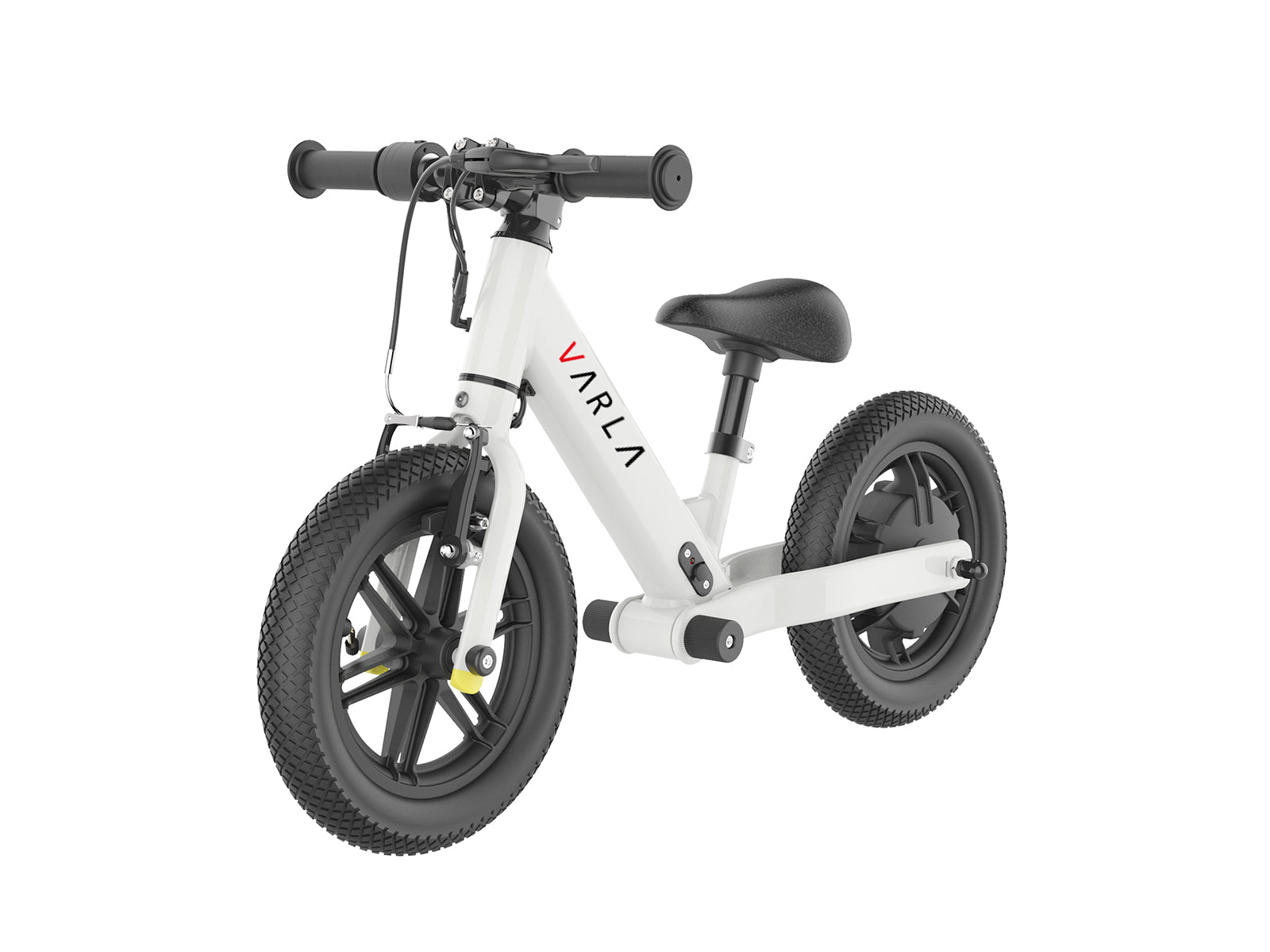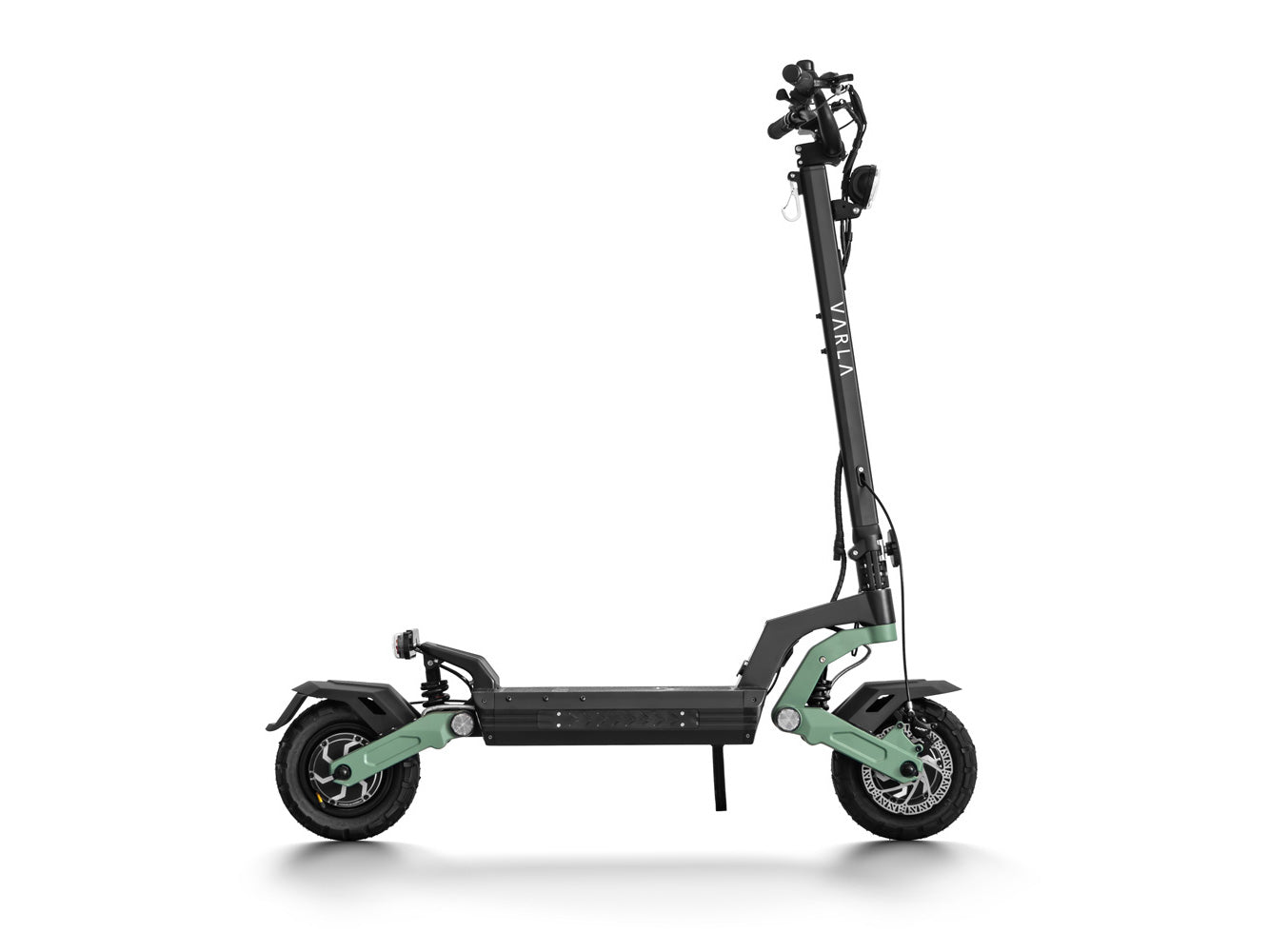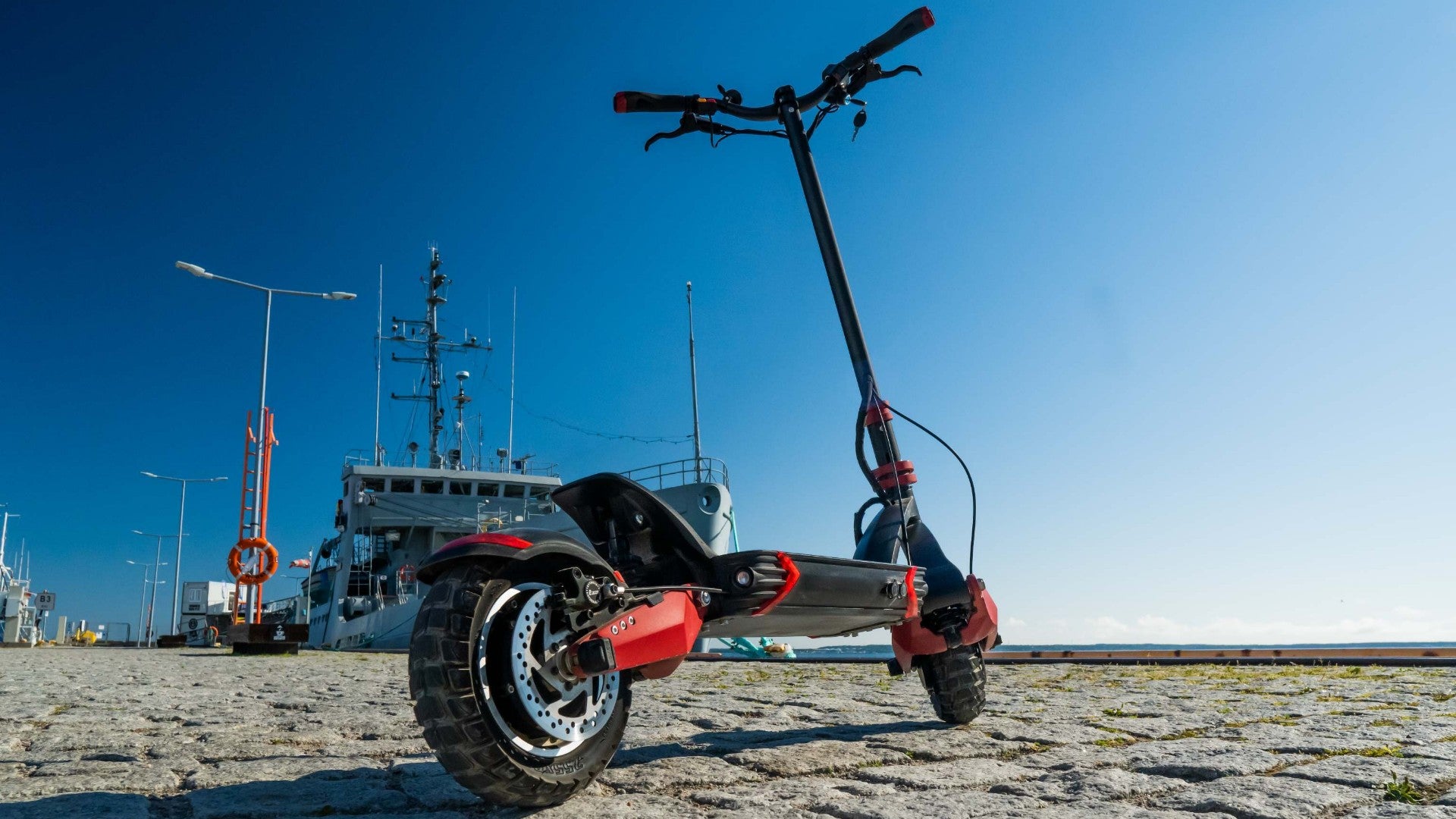
Dual Motor Electric Scooter Controller Test
Electric scooter controller controls the flow of power from the battery to the motor. They are an important factor in determining scooters' performance capabilities. Keep scrolling down to find out how this simple component keeps you on the road.

What Is An Electric Scooter Controller?
Controllers for adult electric scooters are responsible for taking all inputs from the various electric components of the electrical scooter. The purpose of long range electric scooter controllers is to take all the inputs from electric components in the motor scooter. It sends an indication to the controller when a rider presses or twists the throttle. This increases the current flowing from the battery to its electric motor. A higher current to the motor equals faster propulsion of the wheels and thus more speed.
Electric scooter controllers are categorized based on motor type, functionality, and rating in terms of current and voltage. For electric scooter for heavy adults, particularly those with dual electric motors there are usually two controllers. One throttle input, but a higher max current or voltage rating.
Most electric scooters only have one controller that drives an electric motor. High-performance dual motor scooter, like Varla Eagle One, equippes with 1000W dual motors that can support reaching 45 mph top speed.
We have talked about"Technical Electric Scooter Controllers Guide" in the previous blog and you can find more here.
Where To Find The Controller In Your Electric Scooter?
The controller of adult electric scooters is in a rectangular protective metal box. It is then positioned deep within the frame, motor scooter deck, or stem. This enclosure allows heat conduction to be improved, which is essential for the controller's optimal functioning. The metallic enclosure houses many wires and fuses in different colours that you can easily identify as all terrain electric scooter controllers.
Common Electric Scooter Controller Problems and Solutions
Electric scooters have problems with their controllers occasionally. This is a common problem for owners. Dirt, water, and other particles can cause the controller to malfunction or break down. Because of these, the circuit or engine can then either die or act up.
How To Test an E-scooter Controller At Home
Is your electric scooter suddenly turning off when you are riding it? Is it difficult to start your motor scooter? The controller could be the problem. It is important to regulate your electric scooter`s power, so make sure to inspect it first in the event of any problems.
These are some ways to fix a defective motor scooter controller
Push the scooter to get it started
Most adult electric scooters that have different single-speed scooter throttles will need assistance to get started. Turn on the power switch or key switch first. Next, push the all terrain electric scooter forward using one foot and fully engage the throttle. Once the throttle is engaged, the e scooter should start running smoothly and reach a decent and consistent speed.
Examine the controller
You can inspect the controller visually, smell and touch. The controller is often located under the deck. After the controller is visible, check for any melted or burnt wires or components. A component or wire that smells like burning plastic is likely to have been burned. Any component or wire that is damaged should be replaced immediately.
If there are any damaged or loose wires, or wire connectors, you should check them. To ensure that no wire is missing, secure each wire tightly. You could get hurt if you inspect it so be careful. If possible, wear gloves and an eye shield.
Check the power switch
You can check other components of the all terrain electric scooter, such as the key switch and power switch if the controller is still working. Is the switch responsive? Is it easy to turn the on and off switch? It may be defective if the switch is loose or unresponsive. To determine whether the switch is working, test it with a multimeter.
Test throttle
Test the throttle to determine if the throttle is working properly. Turn on the e scooter first. Next, connect the controller to a multimeter. Check the output voltage and throttle power. If the output voltage is between 4.3-5 volts, then the controller will work properly. Otherwise, it`s possible that parts, such as the fuse, fuse holder, battery pack and wires, are not functioning properly.
Next, connect your throttle to the multimeter. Then test the signal voltage. The throttle, throttle cable or throttle connector may be defective if it produces a zero output voltage.
Make sure you check the brake lever switch
The brake switch signals the controller to stop the motor when you press the brake pedal. To determine if the problem is with the controller, test the brake switch. If you have an open brake lever switch, disconnect the brake wire connector from the controller to test if it runs. If the motor scooter runs even though the brake switch is off, it is likely that the switch is the problem. Here also are some motorized scooter brakes knowledge for beginners for reference.
Closed brake lever switches require that the connector for the brake lever be removed from the controller. Then connect the terminals. The closed brake lever switch may fail if the commuter scooter is running.

Make sure you check the fuse or circuit breaker
The circuit breakers can be found within the motor scooter while the fuse can be usually found under the footplate or outside the commuter scooter. Sometimes the circuit breaker may reset automatically but not respond to your commands. Sometimes fuses can also burn out. To verify that the fuse and circuit breaker are in good condition, test them with a multimeter.
Take a look at the motor
You should inspect the motor for any burned or melted wires and connectors. Overheating can cause melted or burned wires and connectors. Overheating can lead to short circuits, which can make the motor run slower or die. If the motor has caught fire, have it repaired or replaced.
Check the connections of the components to the controller
Because the controller connects to many parts of the motor scooter, it can be difficult to determine the source of the problem. It is best to test every component that connects to the controller and determine which one doesn't work. If the above methods fail, continue testing the other parts of the commuter scooter.
The Motor Is Running Constantly
A defective speed controller can cause a motor to run continuously. It can be caused by a defective throttle. However, it is most likely the controller.
E-scooter controllers use a MOSFET (metal-oxide-semiconductor field-effect transistor) to control motor speed. It locks the power to the "on", allowing the motor to run continuously at maximum speed even after it has burned out.
These are some ways to fix a motor that is running constantly.
Check the speed control and throttle
You can determine if the problem is with the throttle or controller by disconnecting it from the controller. The throttle may be defective if the motor stops. Otherwise, it's the speed controller.
Replace the controller
Replace the speed controller immediately if it is causing problems. To avoid any complications, it is best to get one that has the exact same specifications and model as your original. You can take your commuter scooter in to a local mechanic if you are unsure how to replace the controller. You should always consult a professional when you need to repair your e scooter.
Very little to no acceleration
A defective speed controller could be the reason your electric scooter is slowing down, accelerating slowly or having no power to accelerate.
Solution
Make sure to inspect your controller and all other components of the commuter scooter.
Please check the speed controller for physical damages or problems with the wiring. Check if the fuse has blown or flipped. To check other components of your e-scooter, refer to the procedures listed under a defective controller.
Take the e-scooter to an expert
If the controller is not showing any problems, take it to a mechanic right away.

Quick Tips To Diagnose A Faulty Controller
You should inspect your commuter scooter controller if it isn't functioning properly. This is what you need:
- Verify that the connector is in good condition.
- Check that the fuse is functioning. Sometimes the fuse can blow out due to over-voltage and over-current supply.
- Make sure that all connections to the speed controller work properly. If they are all functional, it is most likely the controller problem.
- Have a closer look at the motor. The problem is with the controller if any motors damages.
- To test the throttle, use a multimeter.
- Charge the battery for the recommended time. After that check, if the controllers work on your dual motor electric scooter.
Tips For Maintaining The Controller In Good Condition
Every controller works within certain parameters. You could damage your controller by forcing it to ride or pushing it beyond its recommended limits (e.g., riding faster than recommended, jumping, climbing up steep hills), because it will be converting more energy and not being able to supply it to the motor correctly.
These tips will allow you to optimize your scooter's performance and extend its life expectancy.
- If your scooter is not for such terrain, don't drive your commuter scooter on steep hills or rough terrain.
- Do not overload your e-scooters capacity.
- Please keep the electric parts dry when cleaning your dual motor electric scooter.
- Make sure to remove any particles or dirt from the area around the controller.
Summary
An e scooter controller is an essential component. An electric scooter without a controller is not functional. The controller facilitates communication among all components of an electric scooter including the motor and battery, throttle, headlight, display and speedometer. The controller collects all input signals from core electric components and analyzes them with firmware to determine the appropriate action.
It performs vital functions like starting the motor, controlling the speed and recycling energy in regenerative brakes. If you are looking to purchase a controller or replace an old one, make sure the motor and controller ratings match. It is important not to mix up phase and battery currents.
Share Article
Newletter
Promotions, new products and sales. Directly to your inbox.
